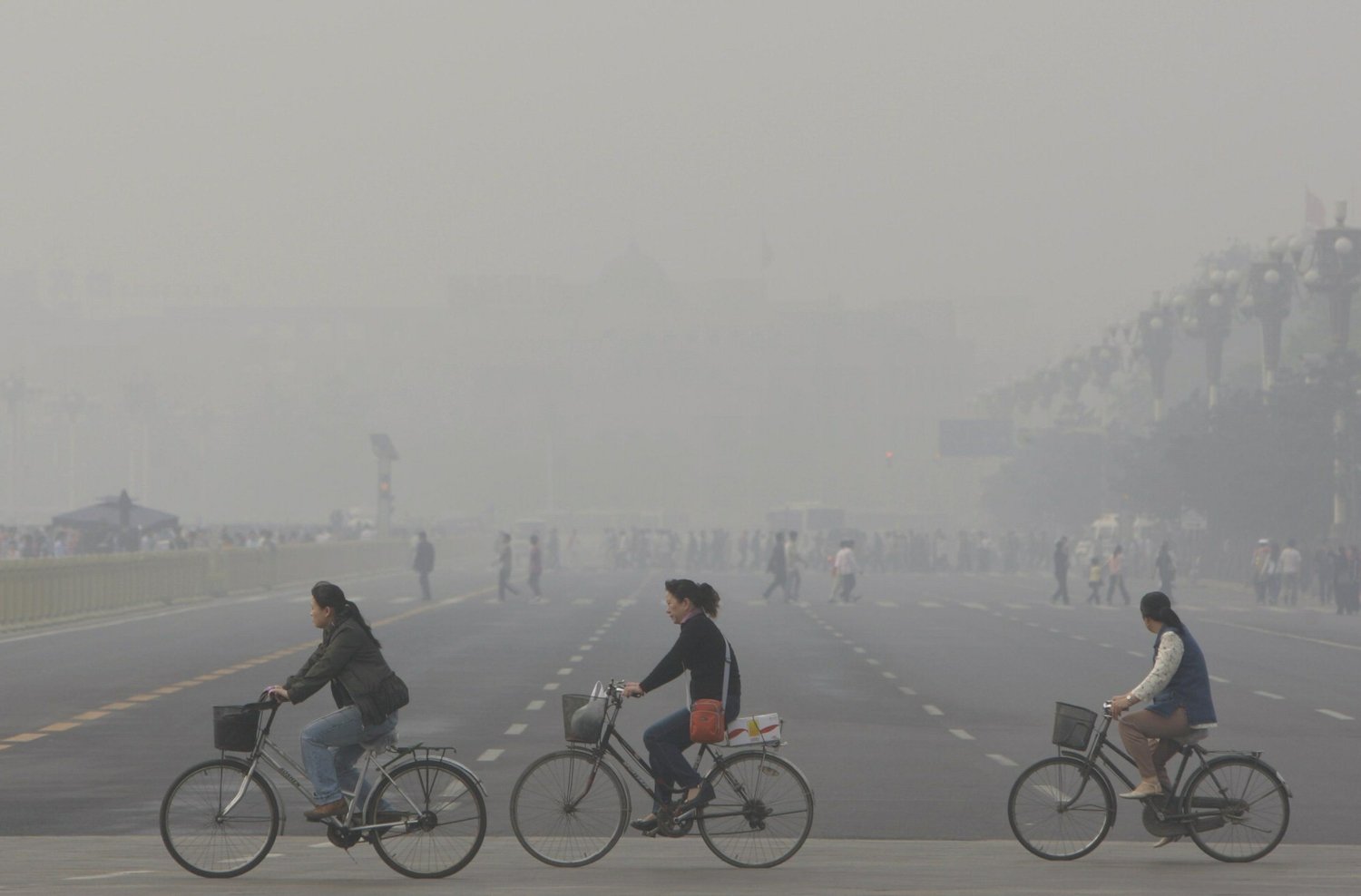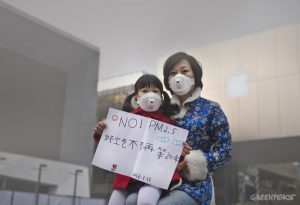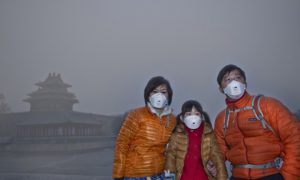An alliance of 23 Chinese campaign groups has called on the new government to publish data on sources of pollution blighting the country.
Liang Xiaoyan, one of the founders of prominent NGO Friends of Nature, told chinadialogue the groups hoped to prompt publication of data on 15,000 key sources of pollution.
From severe smog in Beijing to dead pig carcasses in the Huangpu River, China has seen a flurry of environmental incidents in recent years, pushing up public engagement in environmental issues – and demands for environmental protection. “Given the current circumstances, there is an extremely pressing need for the publication of pollution data,” said Liang.
There has been some progress this year. In January, 80 Chinese cities started publishing more detailed air pollution data, including information on levels of fine particulates PM2.5, allowing the public to follow pollution in real time. But campaigners regard this step as just the beginning: if the persistent smog blanketing China’s cities is to be stopped, the public needs to know where the pollution is coming from.
Calls to make information more accessible are not limited to air pollution. In late February, Beijing lawyer Dong Zhengwei asked the Ministry of Environmental Protection (MEP) to publish the findings of a 100-million yuan nationwide survey of soil pollution carried out between 2006 and 2010. The MEP described the information as a “state secret”, and Dong’s request was refused.
Almost simultaneously, an exposé in the newspaper Southern Weekend revealed that 10,000 tonnes of “toxic rice” was sent to Guangdong province from Hunan – China’s biggest rice producing region – in 2009. Rumours of heavy metal contamination in Hunanese rice quickly circulated, and Guangdong merchants started returning shipments. According to the Economic Information Daily, swaths of Hunan’s rice processors have shut down, including 70% of all processors in Lanxi, the province’s biggest rice-growing city. An investigation into rice contamination has not yet published any clear results.
Then, in early March, dead pigs were found floating down Shanghai’s Huangpu River. More than 10,000 corpses have been pulled from the water so far. The Huangpu is a source of drinking water for the city, and the public have been concerned about possible contamination, but the government has not published any investigative findings. Without authoritative information, constant media reports have only exacerbated public panic.
Frequent environmental cases like these mean more transparency is urgently needed, argue China’s green NGOs, including the Institute of Public and Environmental Affairs (IPE) and Society of Ecology and Entrepreneurs (SEE).
Ma Jun, director of IPE, which compiles a pioneering map of China’s pollution sources, said: “Publishing wide-ranging environmental data, guiding the public to participate rationally and legally and spurring companies to deal with pollution, is a positive and reliable way to start dealing with environmental crisis.”
The campaigners propose three key steps: one, begin live, online publication of monitoring data from key polluting companies, and make historical data available. Two, publish complaints upheld against polluting firms and the penalties imposed on them in a systematic, prompt and rigorous manner. Three, regularly publish data on pollutants released by companies, with a scope no narrower than the pollutants identified in environmental impact assessment reports.
The NGOs say that much of this data is already collected and stored by local environmental protection bureaus. As it impacts public health and safety, the environment ministry should promptly make it available online, they argue.
Wang Weijia, a member of SEE, said that “publication of this information would show they are sincere about solving the pollution issue. We call for the government to fully and promptly publish all data on sources of pollution.”
Liu Xiaogang, SEE secretary-general, added that air pollution, water pollution and waste cause long-lasting harm to the public. If pollution is to be dealt with, “you need to start from identifying the sources and placing them under public supervision,” Liu said.






